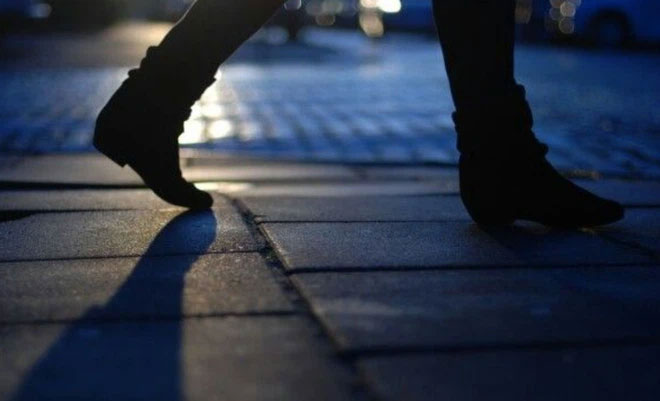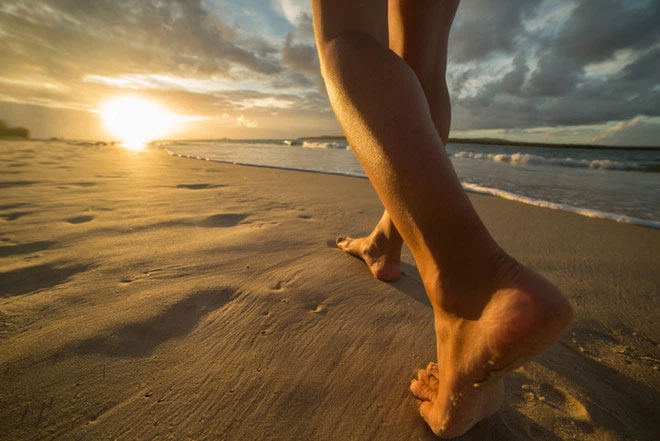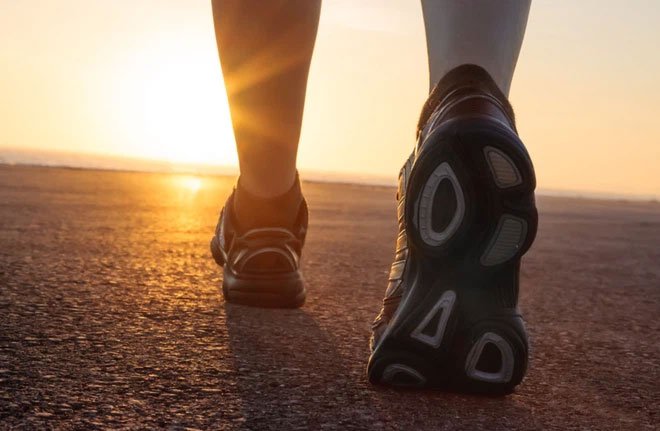Gait is your walking style. It is a distinctive style that can be recognized in each individual. It is divided into specific movements known as the step cycle or gait cycle. A cycle begins with lifting and stepping down with the right foot, followed by a similar step with the left foot.
Your unique gait depends on various factors such as weight, spinal alignment, limb length, posture, nature, speed, style, and the cyclical nature of your walking. Furthermore, your gait when running will be quite different from your gait when walking or jogging.

Gait is a distinctive style that can be recognized in each individual.
We are familiar with features like facial recognition, gestures, and fingerprints. But what about gait recognition? Can we achieve this, and does gait help us identify a person just like biometric characteristics do?
In fact, we can recognize a person’s gait daily without even realizing it. We can unconsciously identify friends and family by the way they walk, which is particularly noticeable with prominent individuals.
Sensors can even measure the pressure a person exerts on their feet while walking or standing and the distribution of that pressure. This is known as baropodometry. This information can tell us how a person moves or holds their feet while walking or standing.
Now, humans are considering programming machines capable of analyzing and recognizing gait through the way people move.
In addition to identifying movement, sensors that analyze gait can also measure the pressure a person exerts on their feet while walking or standing and the distribution of that pressure. This is known as baropodometry. This information can tell us how a person moves or stands.

We can easily recognize friends and family unconsciously by the way they walk.
The benefits of this technology are significant. In cases where surveillance cameras capture a criminal but the angle is unfavorable, preventing you from observing the criminal’s face, a gait analysis machine can effectively identify a person’s face.
A person’s gait can be detected even if the image quality from the surveillance camera is average or low. Meanwhile, facial recognition technology always requires high-quality images.
Unlike retina or iris scanners, which require participants to open their eyes and look directly at the camera, gait analysis does not require people to pay attention or prepare. This technology promises to make it easier to track criminals in a crowd.
Gait can still be “faked” and mislead technology
Of course, nothing is perfect, and gait recognition technology can also be easily fooled. By pretending to limp or take unusually long steps, a person can entirely deceive the recognition tool by mimicking the gait of a completely random individual.
However, faking a walking style for an extended period is not simple. Limping or changing one’s gait awkwardly over several kilometers will certainly make a person feel much more uncomfortable than walking normally.
Additionally, we can even determine a person’s mood by observing their gait. An angry person walking will exert more pressure on their feet than a sad person who is shuffling along.

Gait analysis does not require people to pay attention or prepare.
With this technology, individuals exhibiting suspicious behavior can easily be detected in a crowd. Criminals often display signs of walking faster, appearing anxious, or hesitating while the crowd moves comfortably. This will be very useful for security reasons and greatly assist behavioral psychologists in understanding human body language.
In reality, implementing this technology in everyday life will not be easy. Researchers will need to create a massive database of people’s walking styles. Without this dataset, the system will not be able to compare the unique walking or running styles of individuals.
Gait is not just for humans
No, humans are not the only species with distinctive gaits. Horses, elephants, cheetahs… essentially any animal with four limbs will have a unique gait.
However, distinguishing between species of animals based on their walking patterns remains incredibly challenging. It can be very difficult to detect subtle differences in how animals move their limbs.

In the future, gait will be used as a recognition tool.
Researching how to recognize the gait of animals promises to enhance the protection of endangered species.
In the future, gait will be used as a tool for recognition, analysis, and health diagnosis for humans. Specifically, through abnormal gait, doctors can detect issues related to muscles, nerves, or other diseases like Parkinson’s.
While gait analysis systems and monitoring individual walking styles are very useful in life, they also raise privacy concerns as authorities may track databases related to many people without their consent.
Only time will tell how this technology will be implemented, but for now, it remains a promising idea for the future.




















































